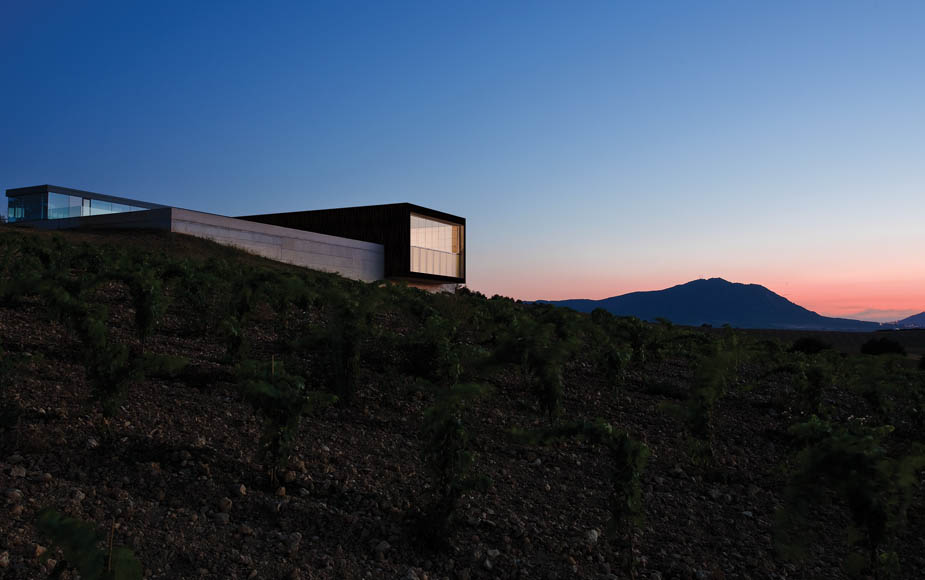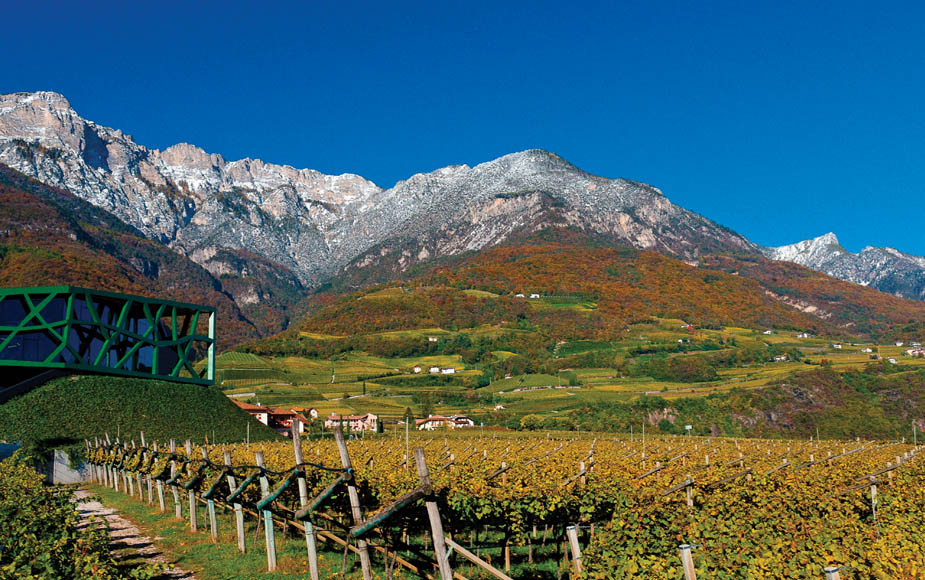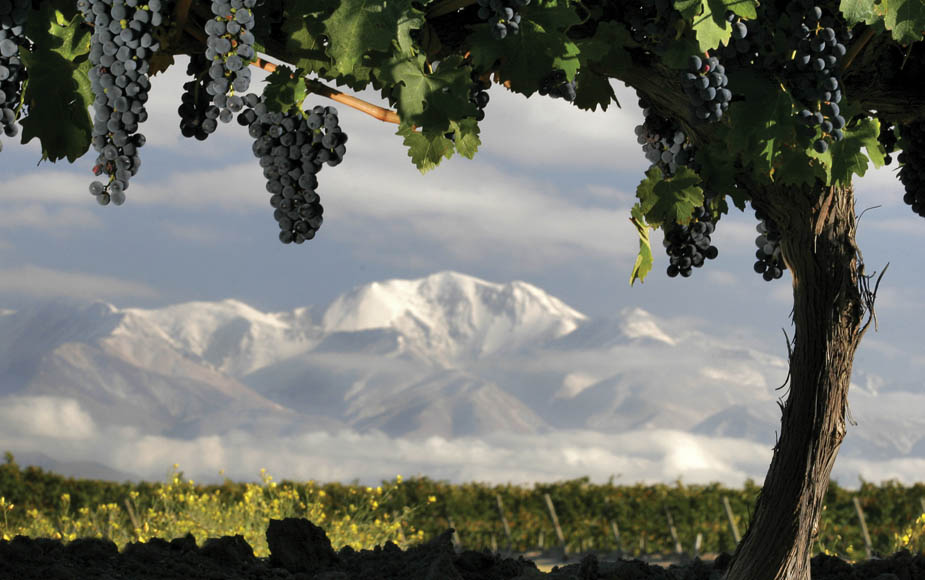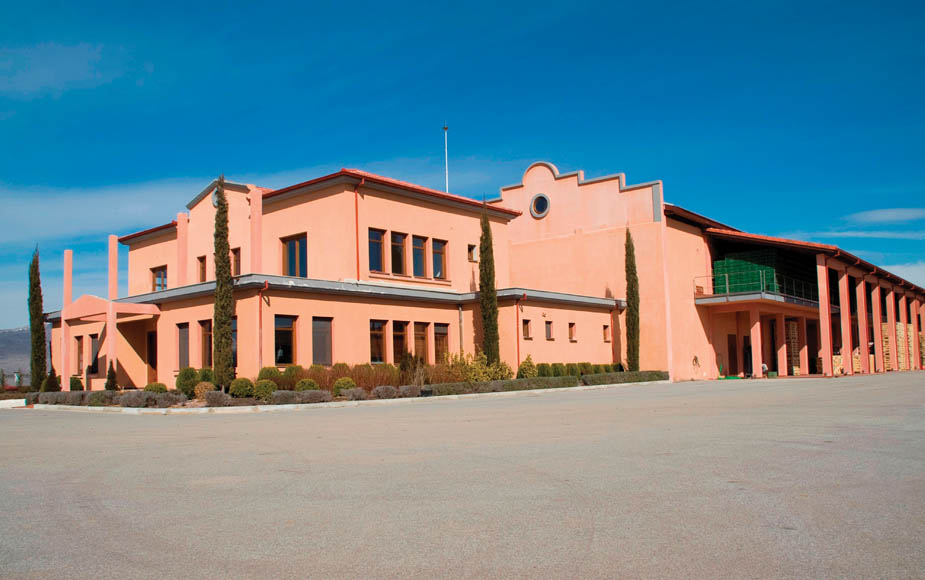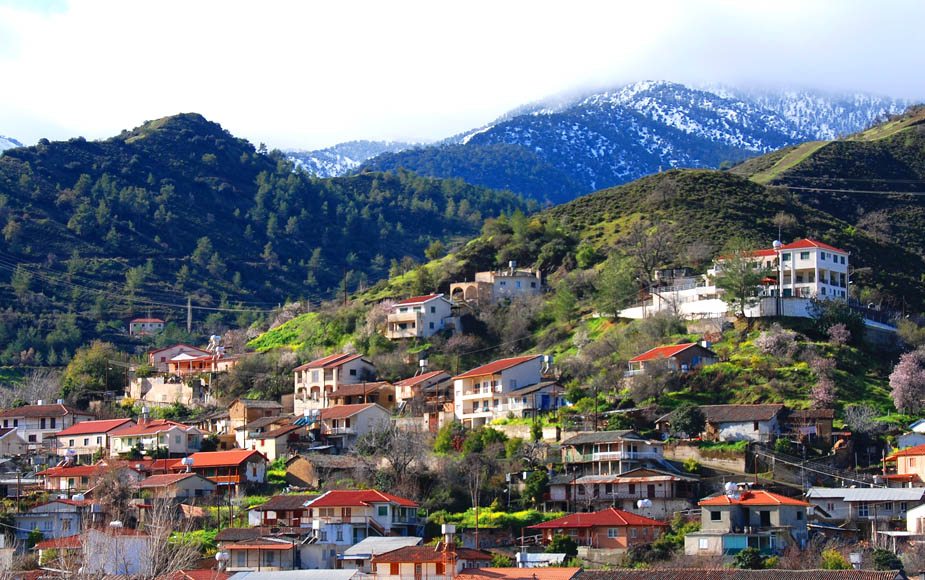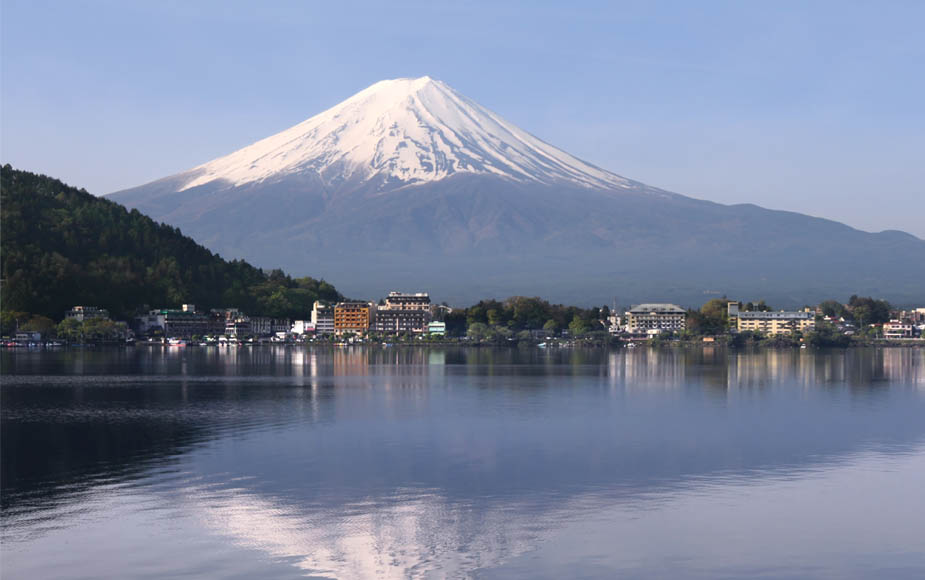I have always been captivated by snow and mountains so when I heard a Spanish wine producer describe his wines as “mountain wines” it was a phrase that immediately seized my imagination.
Mountain wines might not have quite the same following as natural wines or be as talked about as cool-climate wines, but for me they have incredible appeal and not just because I’m gripped by mountain fever. They can offer something over and above a cool climate wine.
The voice for mountain wines is Cervim (the Centre for Research, Environmental Sustainability and Advancement of Mountain Viticulture) who campaign to safeguard the viticulture landscape and cultural interest of mountain wine growers. They even have a competition, now in its 21st edition but it is yet to breakthrough into the mainstream, at least here in the UK.
Talk to most winemakers and you’ll find out they almost all aspire to make wines that speak of where they come from. This is because wine is a product of its environment, not only the climate and soil but also the people, the history and culture of the territory. Wines have traditionally evolved along with the cuisine of a region in line with the populations’ tastes. One could argue that a region’s wines are so interlinked with the regional dishes, matching them is not just a safe bet but an experience. In the same way mountain wines can offer an emotional connection with winter dishes.
In mountain regions the grapes ripen and accumulate flavour slowly, they have high acidity giving freshness and they tend to be complex as well as very often mineral and extremely food friendly. Mountain wines benefit from zero pollution (pollution can disrupt photosynthesis and injure leaves, roots and soil, thus affecting the fruit). There can also be benefits from the more intense ultraviolet rays at high altitude. The UV rays encourage the vine to activate defence mechanisms against the sun and the grape’s skin thickens to protect its seed. The thicker skins have more antioxidants, tannins, sugars and polyphenols giving the wines more colour and structure. The ultra-clean air and fresh water from the snow melt sets up the vine for the growing season ahead, while the cooler, longer growing season ultimately allows the fruit to reach optimum maturity. On top of the natural benefits you could also argue there is a human benefit and having lived in the Italian Alps for two winters I would tend to agree. Making wine in the mountains at such challenging heights, gradients and weather conditions requires a desire to succeed. The tenacity necessary to live and make wine in remote mountain areas guarantees a product made with resilience and a huge desire to succeed.
THE BENEFITS OF SNOW ON VINES
• A thick snow layer protects vines from frost damage during the hard winter months.
• Slow and steady melting, allows water to penetrate the soil, fundamental for the first vine development stages.
• Snowmelt seeps deeply into the soil irrigating even the most deep-seated roots.
• Cold weather helps eliminate insects such as mites, which can settle in the vine bark and harm the plant when temperatures rise.
